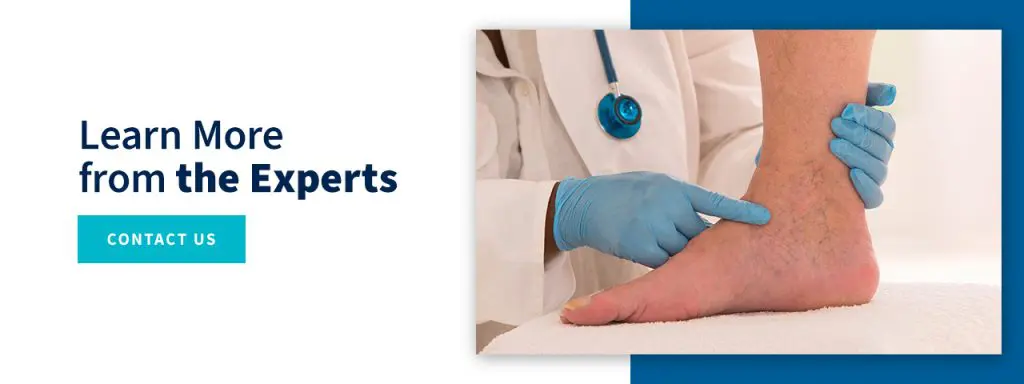
Venous hypertension is a medical condition that occurs when the pressure inside the veins in the lower extremities increases due to weakened vein valves. Unlike arterial hypertension, which is commonly known as high blood pressure, venous hypertension specifically affects the veins in the legs. This condition can lead to chronic venous insufficiency, a term used to describe weakened veins that can no longer effectively return blood to the heart. If left untreated, chronic venous hypertension can cause discomfort, pain, and skin changes. It’s important to seek medical attention if you experience any symptoms of this condition.
There are several risk factors, symptoms and treatments of venous hypertension in legs that are helpful to know to understand this condition better.
Many factors can cause chronic venous hypertension in legs. Also, while this disorder can affect anyone, people in certain demographics may be more susceptible to venous hypertension than others. Some determinants affecting your chances of developing this condition include:
Knowing how to recognize venous hypertension symptoms can help you receive the treatment you need faster. Some symptoms you could experience include:
When you begin noticing these symptoms, it’s vital to look into treatment to ensure professionals care for your pain and damaged veins.
There are several minimally invasive venous hypertension treatment options to improve your legs’ venous health. Choose the best treatment to take care of your particular degree of venous hypertension. Some possible treatments for this condition include:
A specialist applies heat to the affected veins to collapse and seal them during endovenous laser treatment. Closing the veins eliminates the blood pooling and decreases the pressure build-up, thereby reducing the symptom of venous hypertension. Blood will stay in the healthy veins and flow normally.
Sclerotherapy treatments use special solution injections to irritate the veins so that they close. The pressure is released by closing the affected veins with hypertension, causing the blood to flow through other veins.
Some bulging veins with hypertension may benefit from being removed. Microphlebectomy is a procedure that involves making tiny incisions to remove the affected vein. This procedure is helpful for relieving discomfort

If you need venous hypertension treatment, the Central Florida Vein & Vascular Center team can help. Learn more about venous hypertension and the treatments we provide by contacting us for information or checking out our helpful guides on our blog.